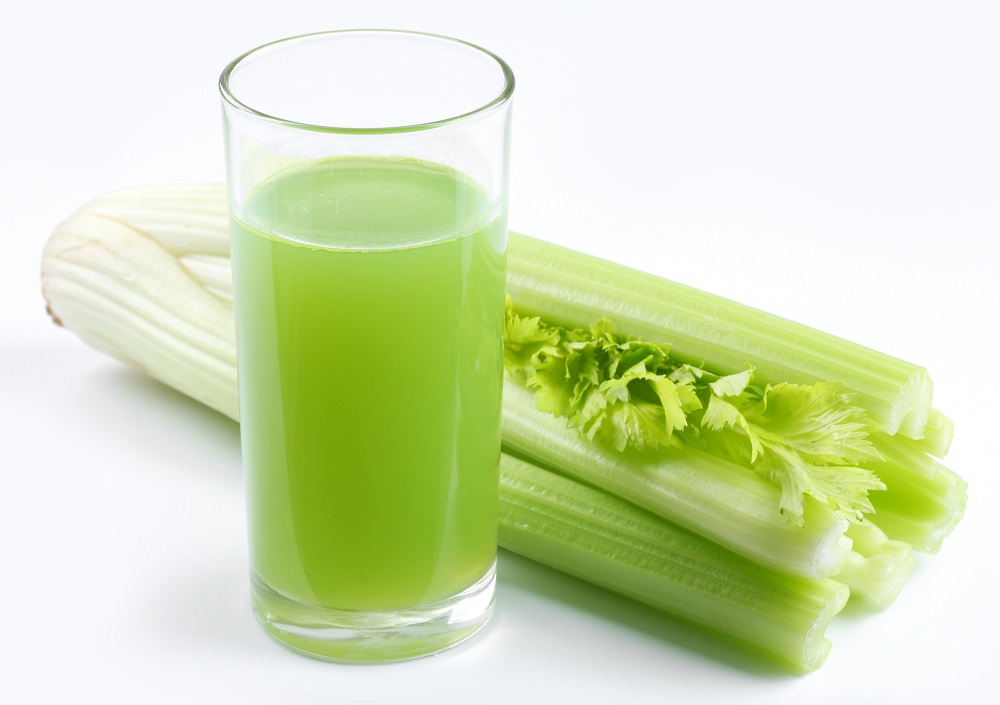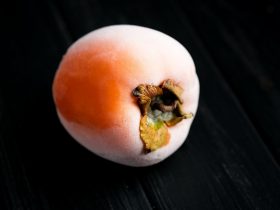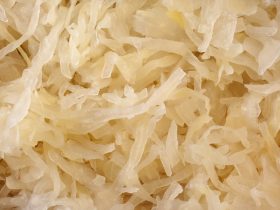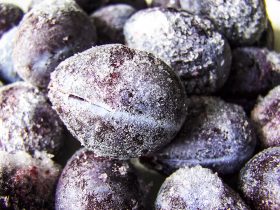Celery juice has been gaining worldwide attention as a healthy drink, with most food experts recommending a daily morning intake for the best results. But preparing fresh celery juice every day can take a lot of time. Fortunately, freezing celery juice allows for the batching of the preparation process, keeping the routine intact.
Freezing celery juice effectively prolongs its life. But it is not without a slight, though acceptable, dip in quality and nutritional content. The overall freezing process can be broken down into two main considerations: (1) The inherent attributes of celery juice and added ingredients used, and (2) the environmental factors it is subjected to.
These inherent attributes include the quality of ingredients to begin with and the natural level of oxidation of celery juice. The selection of quality at the onset is therefore important. On the other hand, environmental factors include the type of juicer used, the added preservatives, and the manner of preparation, handling, storing, and thawing.
Choosing Quality Celery
As you might expect, low-quality ingredients will result in low-quality juices. As a matter of fact, immediate consumption is recommended, over freezing, when inferior ingredients are used for the juice.
In the case of celery juice, look for celery with sturdy and medium-sized stalks, a rich green color, and fresh or healthy-looking leaves. Features to avoid include pale and limp stalks and leaves.
Natural Oxidation of Celery Juice
Sliced or broken celery stalks and wilted leaves will show signs of discoloration caused by oxidation.
Oxidation takes place when enzymes are released from the squeezed or sliced celery and react with oxygen. It is the natural chemical process that is present in all vegetables and fruits. This process happens when oxygen touches and passes through the membranes of the open surfaces of the celery.

Although this chemical reaction results in minimal loss of nutrients, it is the first sign of quality deterioration for produce and should be avoided when possible.
And oxidation is a more serious issue with celery juice. When fruits and vegetables are juiced, they become more vulnerable to oxidation as all the enzymes become exposed to oxygen. The greater number of precipitated enzymes causes a quicker chemical reaction and is a reason for the fast discoloration of exposed juices.
To address the risk of discoloration and fast spoilage, one popular option for juice makers is the adding of preservatives such as lemon or lime juice.
Added Preservatives in Celery Juice
Fresh celery juice can last for three to five days in the fridge. On the other hand, pure celery juice, without preservatives, can go for about six months in a freezer, assuming it is prepared and stored properly. And when natural preservatives such as lemon and lime are added to the celery juice, its shelf life is expected to extend beyond six months.
Lemon and lime are high in citric acid. They both hold the highest record of citric acid among all fruits, accounting for 1.44 g/oz and 1.38 g/oz, respectively. Citric acid suppresses the growth of bacteria that is responsible for the spoilage of celery juice.
Citric acid, a weak organic acid, has the ability to pass through bacteria membranes. When it does this, the bacteria’s pH level lowers. The modification in the composition of bacteria ultimately destroys its DNA and protein and eventually results in its demise.
The Type of Juicer
Surprisingly, the equipment used has an effect on the effectiveness of freezing celery juice, and better juicers may be worth it.
The mechanics of the juicer affects celery juice preparation in two ways: (1) The wasted heat as a by-product of the juicing process and (2) the air entering the juicer while extracting the juice from the celery.
Juicer Speed
There are generally two types of juicers available in the market. We have high-speed juicers and low-speed juicers.
A centrifugal juicer is an example of a high-speed juicer that operates by cutting and slicing the ingredients to extract juice from celery. In contrast, a masticating juicer is classified as a low-speed juicer. It involves a process of grinding and masticating the ingredients to extract the juices from celery.
An after-effect of the speed of the juicers is called waste heat. Waste heat unfavorably affects the blended juice because it breaks down the enzymes found in celery. The broken enzymes are prone to oxidation, and oxidation speeds up the discoloration and overall deterioration process. As we know, low-quality celery juice is a poor candidate for freezing.
Correspondingly, high-speed juicers will produce more heat. And a higher-speed juicer is expected to produce even more heat. More heat exposure results in a faster oxidation process.
So while high-speed juicers may be more convenient, low-speed juicers do away with the unnecessary heat that shorten the shelf-life of celery. Whether you go for high-speed juicers or low-speed juicers will depend on your use case. That is, do you plan to prepare in bulk for consumption by a large group in a shorter timeframe, or are you batching your personal consumption over a longer period?
Mechanical Design of the Juicer
Another feature of the juicer to consider is the mechanical design. Juicers with enclosed mechanical systems are expected to produce high-quality juices as they are able to effectively prevent air from entering. In contrast, exposed mechanical designs will result in low-quality squeezed celery juice due to air exposure.
Once again, more air exposure on celery juice results in a quicker start of the deterioration process.
Optimal Handling, Storing, and Thawing of the Celery Juice
The right handling involves keeping freshly made celery juice away from heat exposure. The oxidation process is averted when this is done successfully. To avoid wastes, it is best to portion and store celery juice according to expected daily servings or consumption.
Handling and Storing
As the resulting quality of celery juice is vulnerable to oxidation, protecting the celery juice from oxygen during the entire process is an important step to proper freezing. The recommended storage options for celery juice are therefore precisely made glass containers that are able to withstand extreme heat or cold temperatures.
One popular example (i.e., highly reliable glass container) is a mason jar. The covers of mason jars are specifically crafted to prevent air penetration. On the contrary, plastic bottles are prone to break and have no ability to properly seal celery juice. Plastic is also porous and may allow air to penetrate.
If possible, store frozen celery juice in its own freezer. Frequently opening and closing freezers lead to volatile temperature shifts. A slight change in temperature risks the activation of oxidation in celery juices. Otherwise, ensure that the celery juice is placed in the safest part of a common freezer where temperatures are less likely to fluctuate.
Another pro tip is to make sure to not fill the mason jar with celery juice and have ample room for expansion.
Thawing the Celery Juice
Only open the container when the celery juice is ready for consumption.
When the frozen celery juice is taken out from the freezer to thaw, opening the glass container prior to actual consumption speeds up oxidation. Oxidation actually starts as soon as the thawing process is initiated, and it is only accelerated by removing the seal.





Hi, I'm Dom
Dom Eats was started to help other people fall in love with food. While cooking can feel intimidating, it doesn't have to be.